As dark grey clouds loomed over Sydney last Sunday, thousands of residents in the city’s northwest and southwest knew what was coming and how to prepare.
They moved furniture up off the ground, took doors off hinges, moved their cars, turned their power off and bought generators and torches.
Then, they sat and waited for the water to come.
It was the fourth flood residents near the Hawkesbury-Nepean River have lived through in just 18 months.
The first flood, in March 2021, was a novelty, one local said - relieved water didn’t reach their homes, people got out on their kayaks as streets turned into rivers.

Then the second and third floods hit in March and April this year. The cleanup was enormous but people bounced back.
This time - it was different.
“It’s been a really hard few days for people as they just waited for that water to peak and then waiting for it to go down,“ local MP Susan Templeman said.
“If you are a homeowner, who’s had the water into your property, watching it come up step after step, inch after inch, is a really horrible process.”
At one point, more than 85,000 people were under an evacuation order and SES crews responded to more than 370 flood rescues and 7600 requests for assistance.
But as the waters subside again, residents say they’re exhausted from yet another clean up. Some are calling for more to be done to help them in the next flooding event - and some are considering packing up altogether.
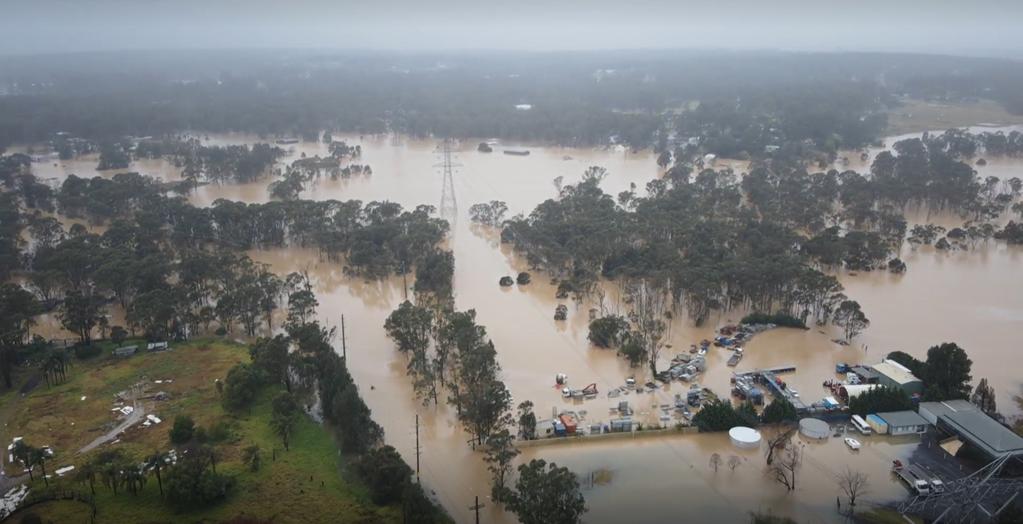
This week’s flood was worse than those earlier this year, residents say. It crept higher into homes, leaving residents such as Sally Roxburgh, from Windsor, isolated for days.
In March, the water came up to her shins. This time, it was up to her knees.
Roxburgh kept her own records of the last flood, taking note of the river levels and the impact different levels had on her home.
That data came in handy as there were fewer warnings from authorities around this time, Roxburgh said.
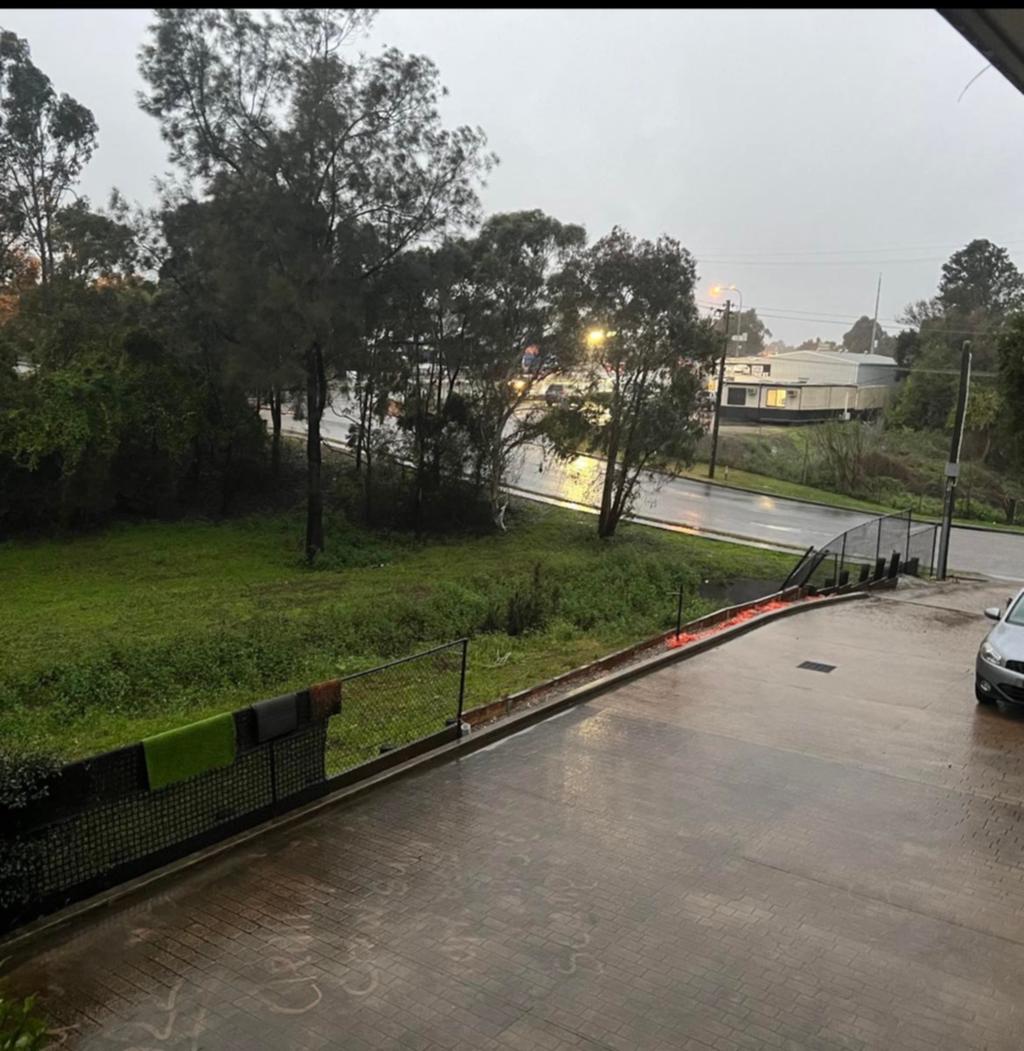
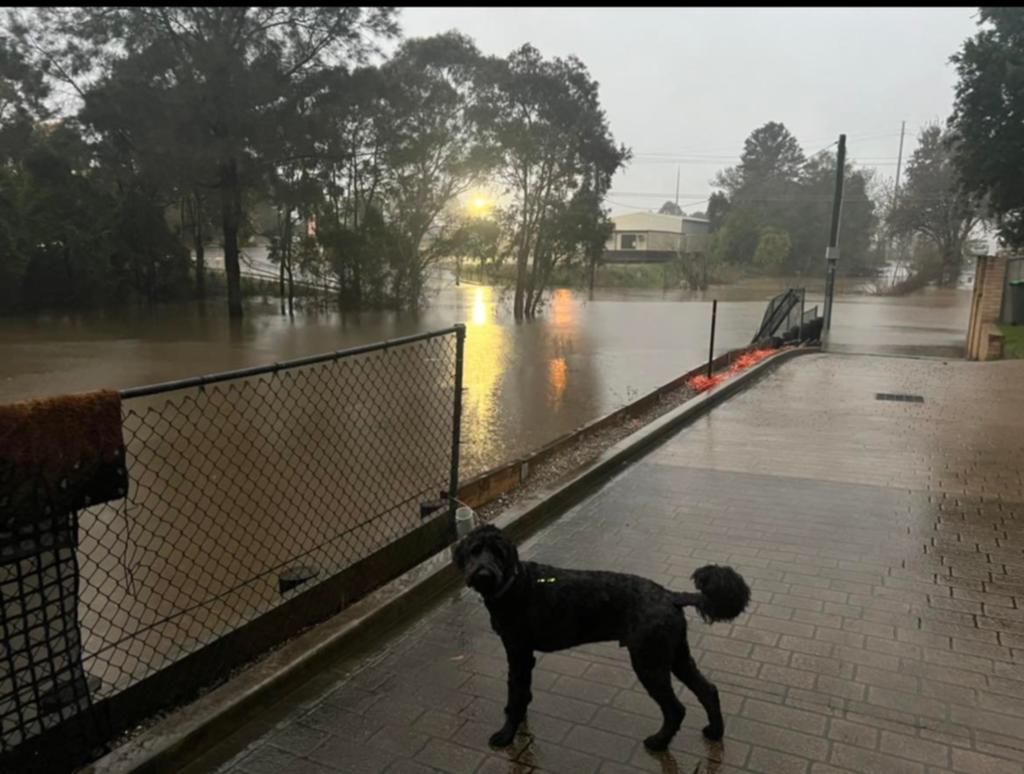
“No one came and knocked on our door to say, ‘the road’s closing, you guys are going to be flooded in if you don’t get out within whatever timeframe’,” she said.
“I only know the timeframes because I’ve documented it ... but it came up a lot faster.”
Roxburgh, who didn’t evacuate, has been without power since Monday and predicts she won’t have it back on till next week.
“It is daunting,” Roxburgh said.
“I honestly don’t think mentally and emotionally and physically that I could have got through this one without my generator.

“I’m here on my own. So if I have no communication ... it can be very scary times, especially at nighttime, when you have no power. It’s pitch black and you are relying on lamps and head torches to see where the water is in your house.”
The flood last year damaged her property’s retaining wall, which holds up her driveway and, in turn, her house. The bill on that repair alone will cost about $100,000 - but the final damage bill will take months to calculate, she says.
After the March floods this year, Roxburgh renovated her bathroom and kitchen downstairs. Both rooms became flooded again this week.
“I’m a pretty strong person as it is, and I do get through it, but financially it now becomes a huge toll to get things repaired,” she said.
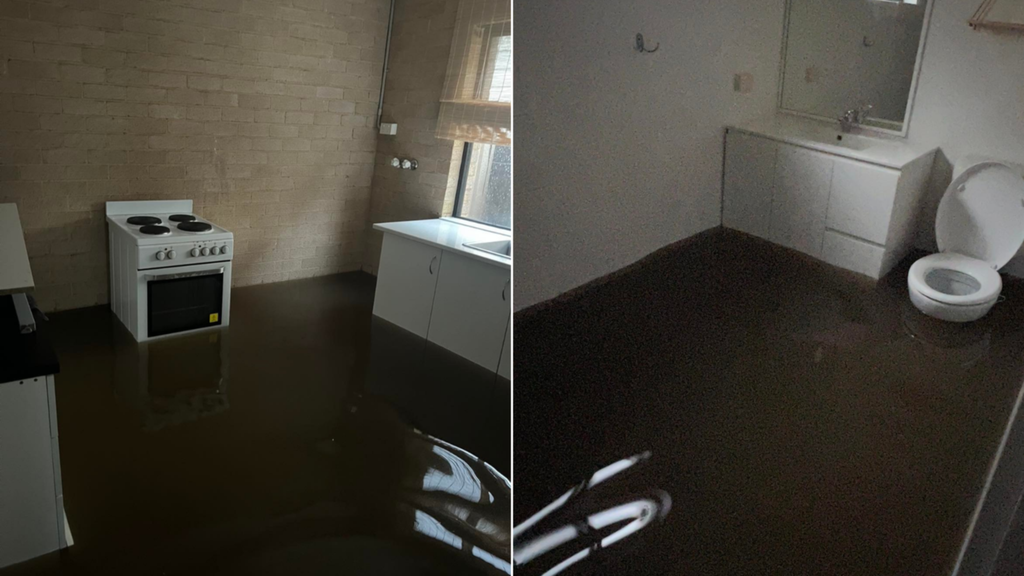
As the flooding threat grew last week, South Windsor resident Jessica Tracey, her partner and three children decided to stay home - even though SES evacuation orders were in place.
It’s where they felt safest, so they bunkered down, using a camp stove to cook their meals, and played board games to pass the time.
“I think it’s a better coping mechanism for me to keep a routine with the kids at home,” Tracey said.
“It’s stressful... the fear of not knowing what is happening to our home.”
This week’s inundation was the second time in just four months the family’s home has flooded.
The family-of-five only bought their house four and a half years ago and didn’t expect the floodwaters that hit their home earlier this year.
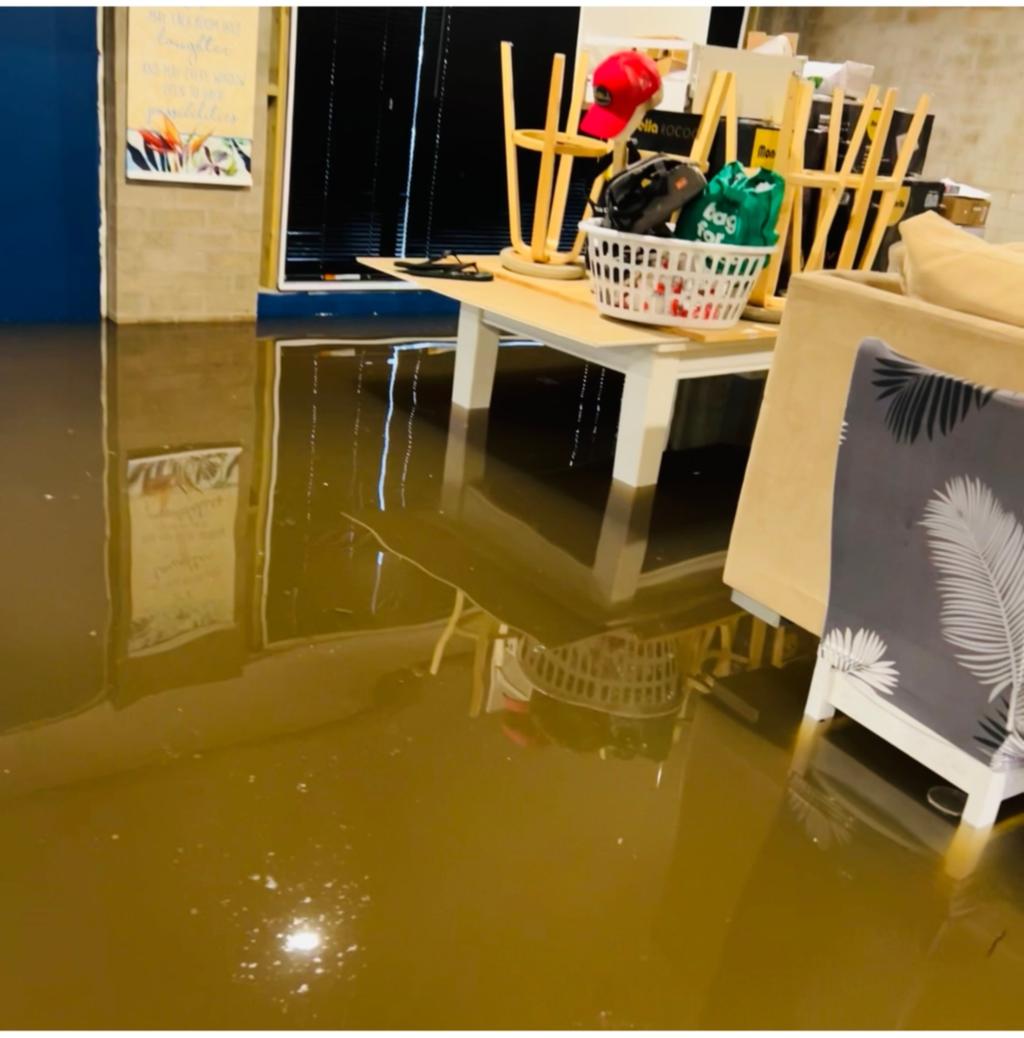
“We got a big shock when we woke up ... and we had water in our house,” she said.
After that flood in March, the family lost their fridge, dishwasher and some smaller items.
This time around, they knew what to do. But the water came up higher than the last flood earlier this year, which meant the damage was more extensive.
The family will now have to replace all their kitchen cabinets and renovate the floor, which they held off on last time after hearing another flood was coming.
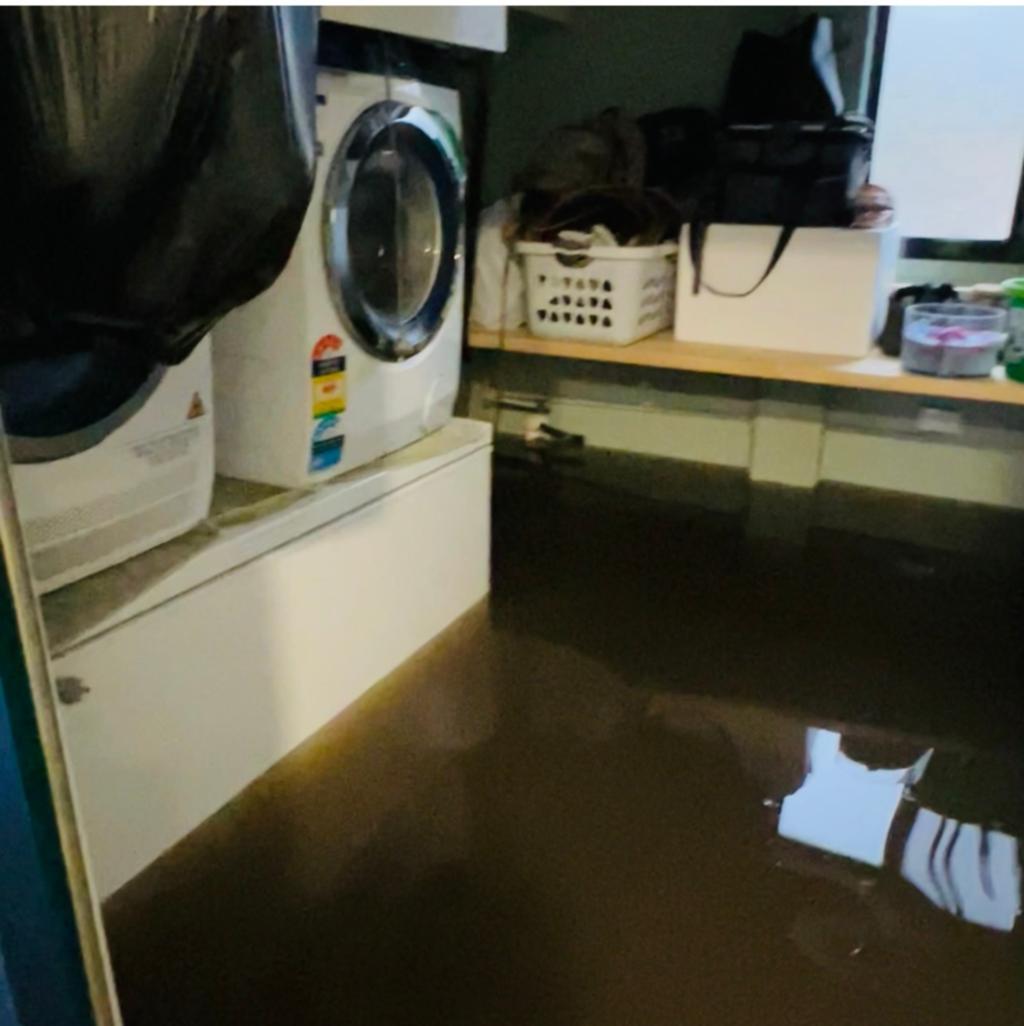
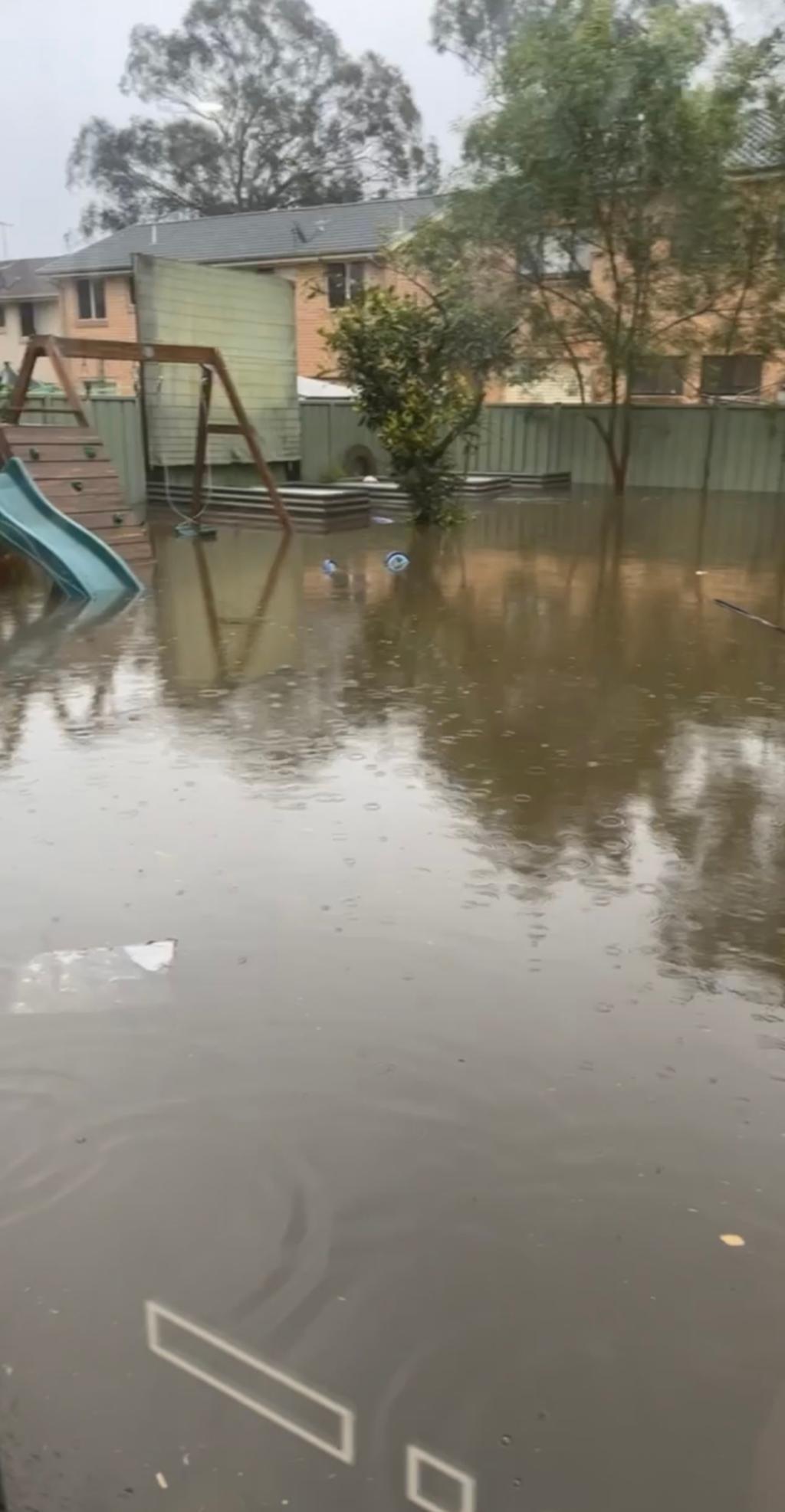
“(Tuesday) morning, for the first two hours when I woke up, I think I cried my eyes out ... it’s a little hard ... everything you work so hard for,” Tracey said.
“I know it’s replaceable and we’ve got our lives, so I’ve got to try and keep telling myself that we are OK.
“There’s a lot more houses, probably worse than what we are ... we probably do come out a little bit luckier... but it does get hard.”
Last year’s floods were tense, but houses didn’t go under, so relieved residents found a bit of fun in an otherwise difficult situation, says South Windsor resident Fiona Webber.
Now, they feel like it’s an inevitable part of life.
“Last year, the water came up and the kayaks came out and everybody who had a kayak in the street was paddling around, it’s almost a bit of a party. This time, no,” Webber said.
“in 2022, the water came inside and there was none of that, it was just grim.
“But the street comes together ... people are out on the street, they are getting on with it.
“It’s resignation ... it’s going to be part of life.”
She said people knew it was coming - but there was often little they could do.
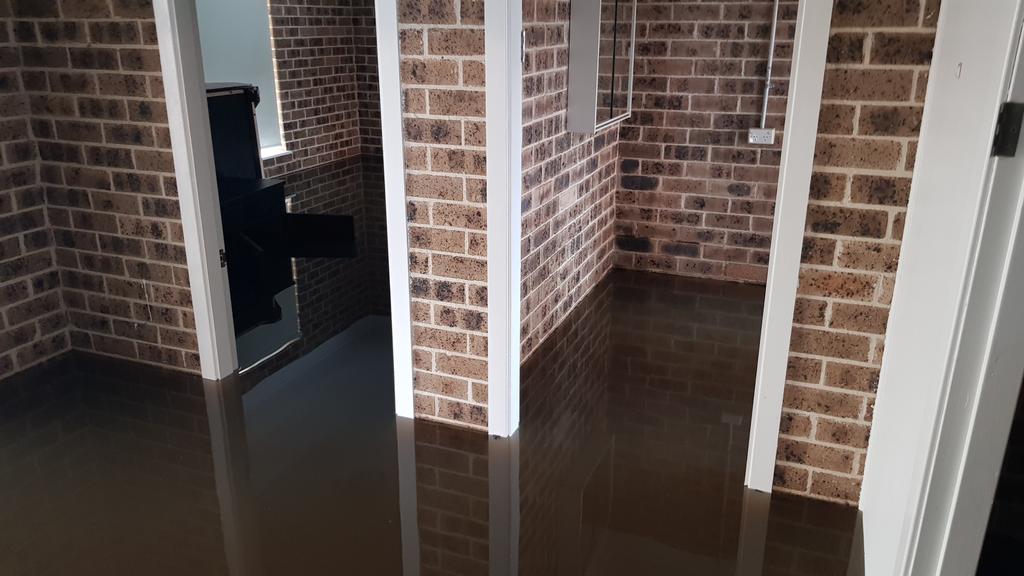
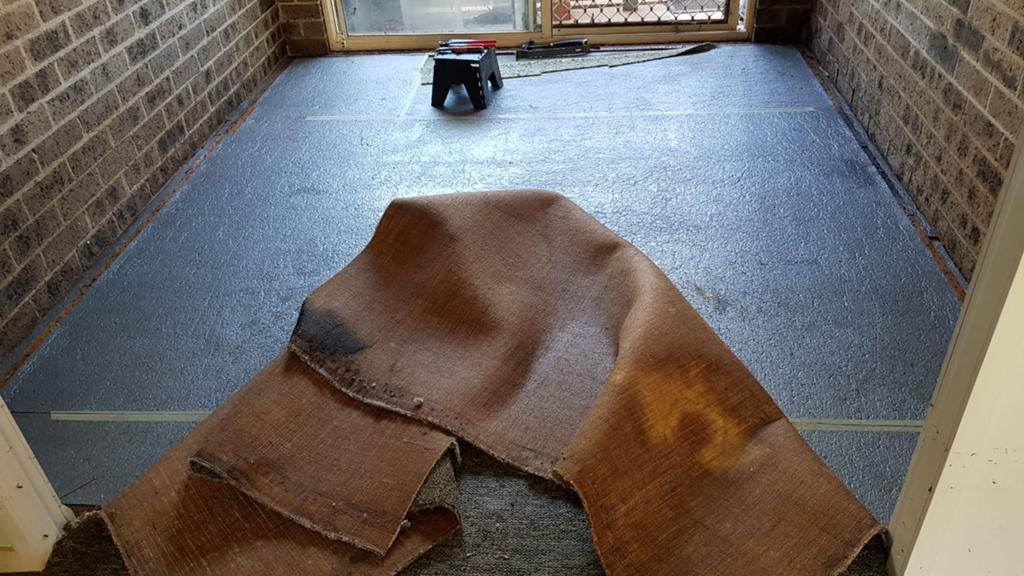
But for some, the frequency of the flooding is making their future in the Hawkesbury-Nepean areas uncertain.
Mum-of-three Tracey, who’s lived in the region her entire life, has been thinking about whether she needs to pack up and move her family away from the flood-prone areas.
“It’s hard ... are we going to constantly flood every time we have massive amounts of rain?,” she said.
“The kids, at the moment, love it, but they don’t understand why they can’t play in the massive swimming pool we have in downstairs in our house.
“They’re young ... It’s all fun and games. Dad’s off work for a week. We’ve done nothing but play board games and watch movies.
“I don’t think, personally, I can go through many more of these.”
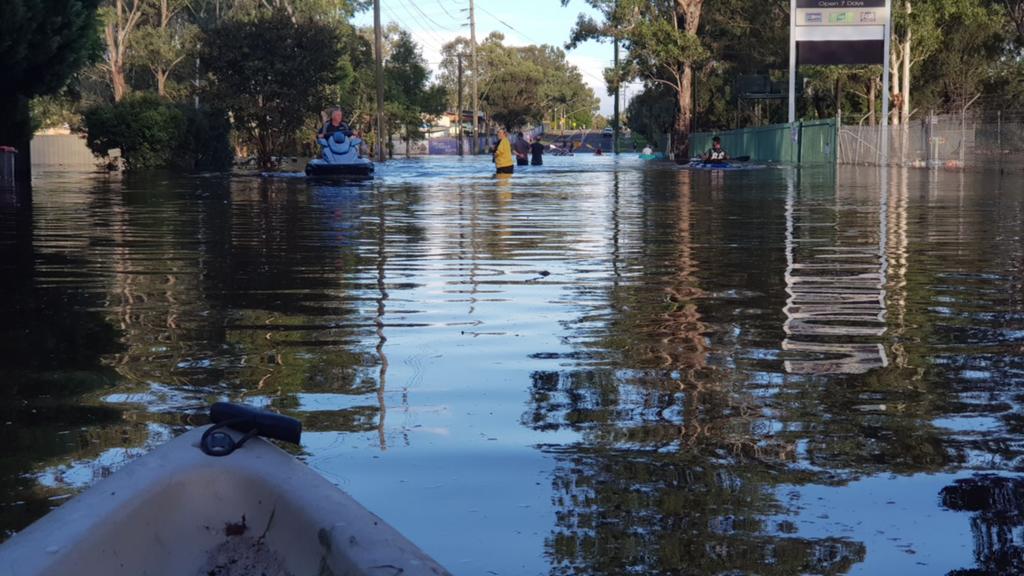
As the water began to recede on Wednesday, residents came together and got on with the job at hand. The community also came together online, with residents keeping their neighbours updated on the situation and offering help.
But their energy for the cleanup after each flood is fading.
“People are not feeling as able to bounce back from this one, as they have from the previous ones, they’re tired of it,” Templeman said.
“They know the hard work involved and they know that it doesn’t get cleaned up in days.
“It takes months to do a full cleanup and to repair the damage.
“And there’s a terrible loss that occurs, of things that you simply can’t replace.”
For Roxburgh, she feels ‘lucky’ that she’s only been impacted twice in the past year.
“For people, for businesses that are right on the river, on the low lands that have been impacted four times now in the last two years, it’s just devastating,” she said.
“It’s heartbreaking. I honestly don’t know how much businesses and people in those low-lying areas can take anymore.
“It just gets to a point where you feel defeated.”
Some in the community are now angry - and increasingly raising concerns that not enough has been done by authorities to keep them safe.
Questions are being asked about the management of Warragamba Dam and the approval of further residential developments on the Hawesbury-Nepean flood plain.
In the week before this week’s floods, Warragamba Dam was at 97 per cent.
On Sunday, as it began to rain, the dam was spilling at a rate of 510 gigalitres a day - or the equivalent of one Sydney Harbour per day - into already flooded rivers.
By Wednesday, it was at 100 per cent.
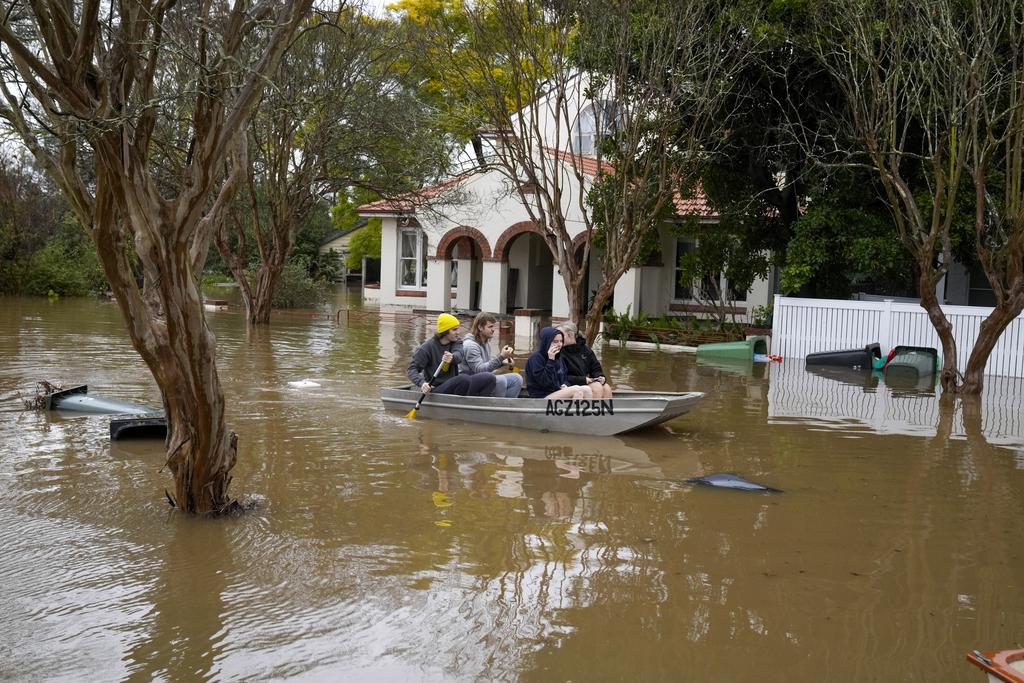
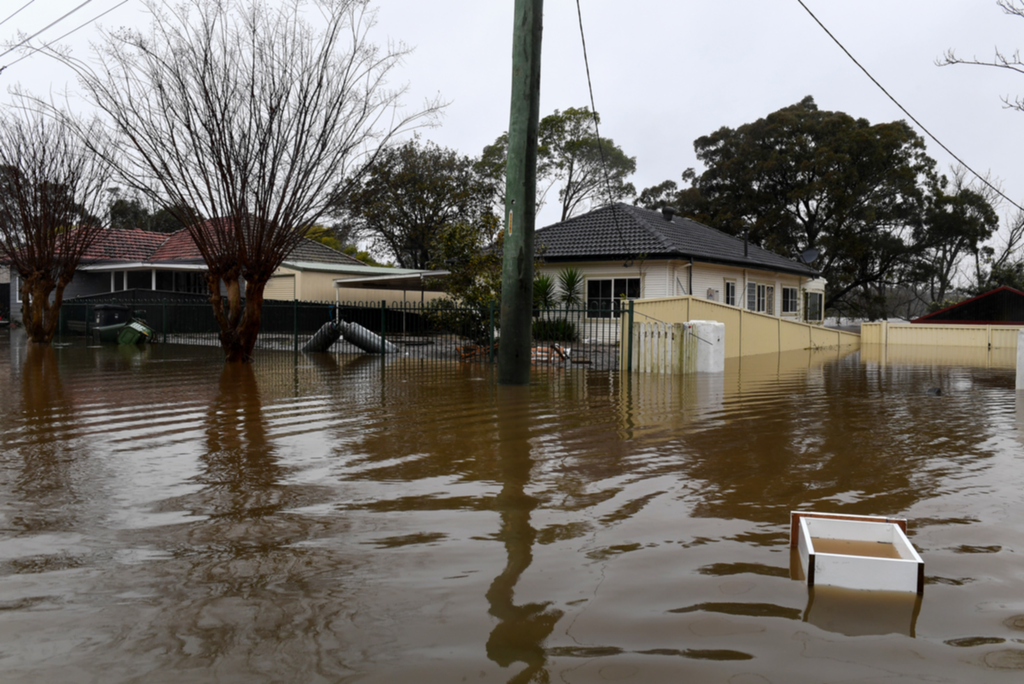
The Hawkesbury River at Windsor peaked at 13.9m on Tuesday, exceeding the March level of 13.8m.
This month is already Sydney’s eighth wettest July in 165 years of records, according to Weatherzone meteorologist Ben Domensino.
“Sydney’s 281mm during the last seven days is close to four times its July monthly average,” Domensino said in a tweet.
“Not only is this Sydney’s wettest year-to-date on record by a whopping 191mm (above 1578.3 mm from 1890), this is also already the city’s 11th wettest year in records dating back to 1859.”
As the community recovers, Templeton says there’s a need to look at the best practice in terms of home construction, especially for those having to repair their homes after this flood.
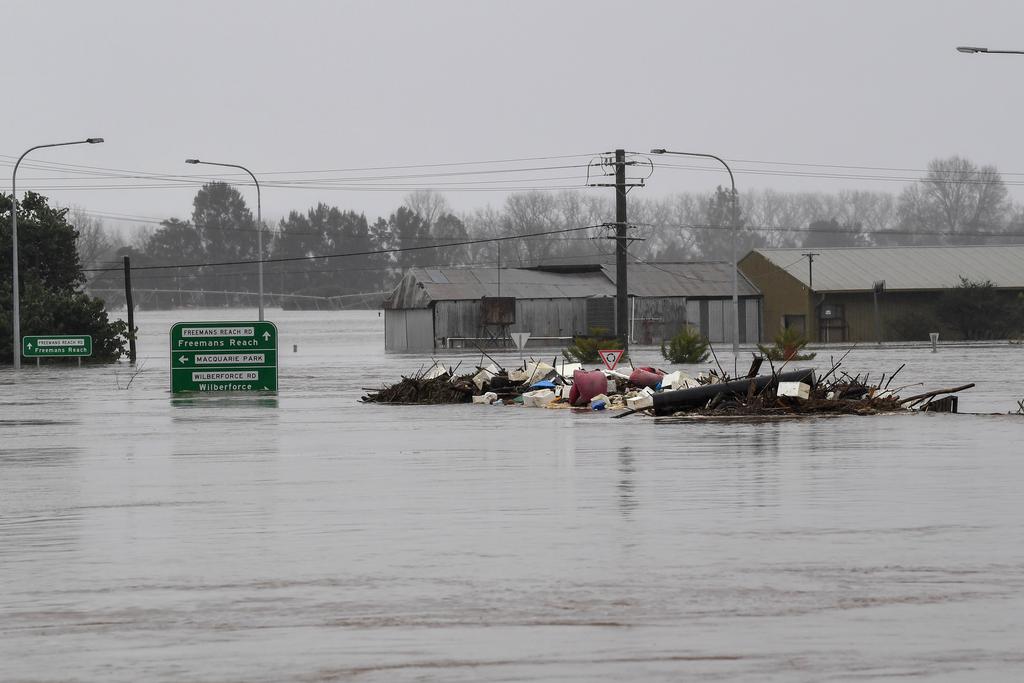
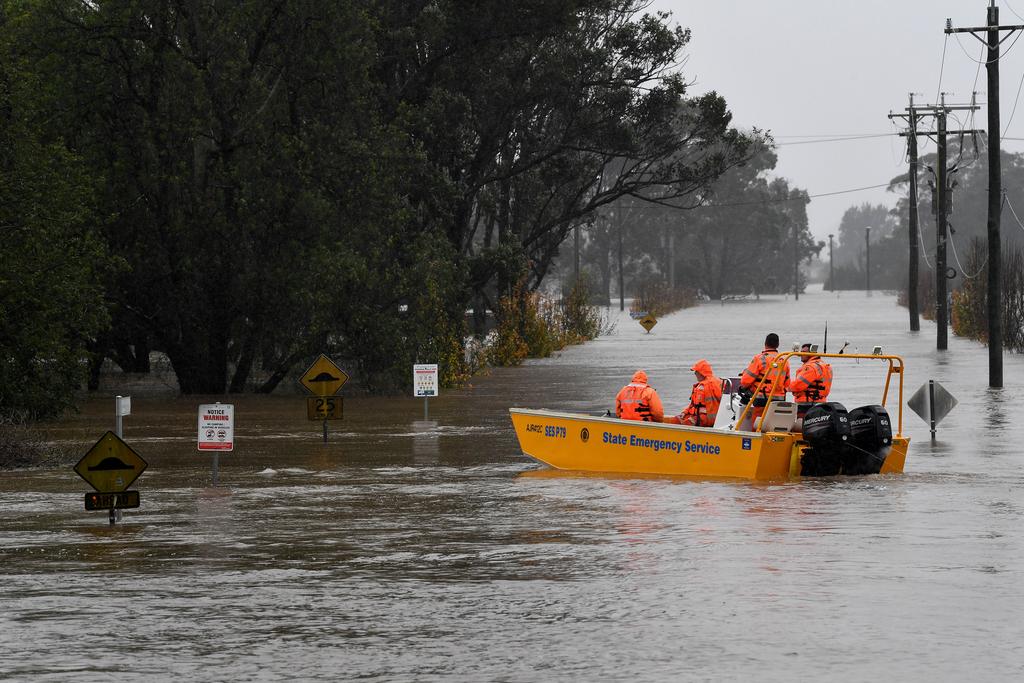
There is also a need to have better management of existing infrastructure so that Warragamba Dam is not held at such high levels - nearly 100 per cent - when it’s known there is a very strong chance of more rain coming, she said.
“If there are people who cannot face going back to their properties and their properties are highly prone to flooding, where is the discussion to be had about what their options are?,” Templeman said.
“So government has a role in initiating that discussion about what choices people would like to have as they tackle the future.
“It’s not the fault of this community that they live (or) bought into an area that is flood prone.
“There are a lot of reasons why that’s happened and there may be fault in various places, but the people who buy here are not the ones to blame and they really need help to see a future.”